I wanted to eat the air. I think that's a first for me.
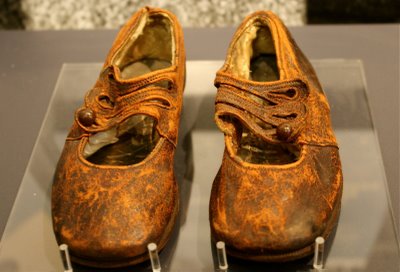
Searching for “Our Babe”: Halifax’s Fairlawn Cemetery and the Mystery of the Titanic’s “Unknown Child,” Part I
Halifax, the beautiful capital of Canada’s Nova Scotia province, offers no shortage of things to do, and most of them are in the compact, walkable downtown. There are museums, public parks, quirky shops, and lots of restaurants serving up tasty seafood and even tastier beer.
If you’re there on a beautiful summer day, you have the added option of just sitting outside at one of the many harbor-side cafes and watching the world go by. And if you’re there during the last week of July when the tall ships are in, you can do all this and admire a number of classic sailing ships.
Or, you can do what I did and head to the nearest cemetery.
Halifax has a proud seafaring past. It has long been a bustling Atlantic port and its Maritime Museum of the Atlantic is considered one of the finest museums of its kind. And it’s the port that accounts for the city’s small but key role in the greatest maritime drama of the twentieth century–the sinking of the R.M.S. Titanic.
It was from Halifax on April 17, 1912, just two days after the disaster, that the cable steamer Mackay-Bennett headed out the wreck site to begin the task of recovering bodies. Though much closer, the Newfoundland port of St. John’s was bypassed by executives at the White Star Line–the Titanic’s beleaguered owner–in favor of Halifax, because the latter city was larger and had more morgue space and staff.
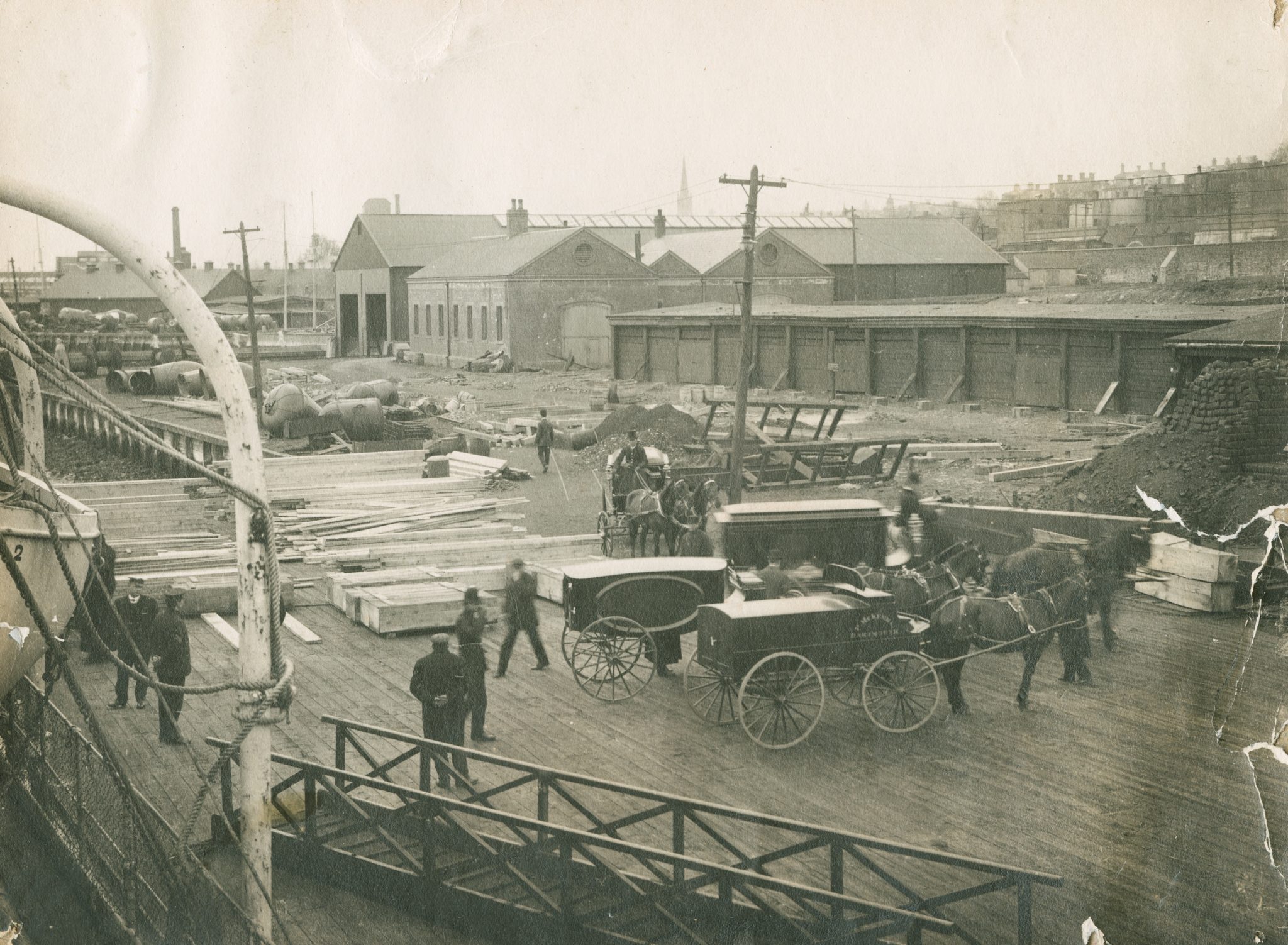
Horse-drawn hearses, representing Halifax’s funeral homes, wait at the dock for the arrival of the Mackay-Bennett, May 1912. {Wikimedia Commons}
Over the next three weeks, the business of identifying, mourning, and burying the dead consumed the city. More than a hundred unidentified victims were laid to rest in three Halifax cemeteries, the majority in the nondenominational Fairlawn Cemetery, barely three miles from the waterfront.
Fairlawn is now a regular stop on city tours, with numerous large signs pointing visitors toward the Titanic section. Guides usually stop at the grave of crew member J. Dawson and recount James Cameron’s claim that this grave inspired the Leonardo DiCaprio character in the film Titanic. But a different grave draws the most attention. With a headstone three times as high as most of the others, and frequently ringed by flowers and stuffed animals, the resting place of the Titanic’s “unknown child” is impossible to overlook.
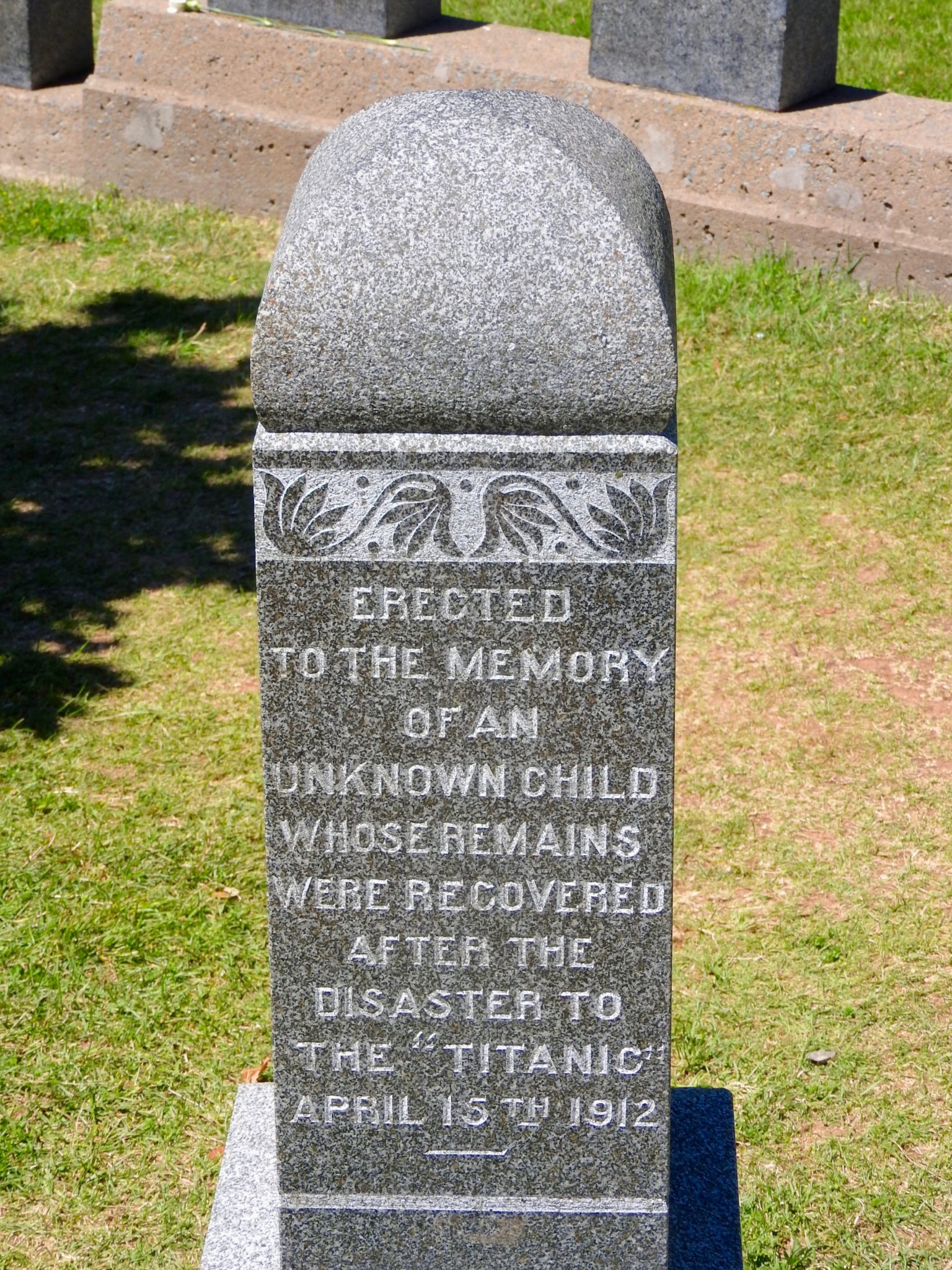
Though you can’t see it here, this headstone, dedicated to an unidentified toddler lost in the Titanic disaster, is usually surrounded with flowers and stuffed animals. Haligonians (Halifax residents) have diligently tended the graves of all the victims for more than a century.
“Our Babe”
The Mackay-Bennett was a cable ship. Its job was to criss-cross the Atlantic route and maintain the undersea cables that made transatlantic telegraphy possible. It was because the ship and its captain were accustomed to the rough seas of the North Atlantic that they were chosen to lead the recovery effort. Over the course of two weeks, the crew recovered about three hundred bodies. Just under two hundred were embalmed, placed either in wooden coffins or sewed into canvas bags (the Edwardian class system held even after death; only first-class passengers got coffins). As for the remaining third, it turned out that the ship hadn’t stocked enough embalming fluid. Before the situation was remedied, approximately one hundred crew members, steerage passengers, and others too damaged to be either embalmed or identified, were buried at sea.
I have seen this photograph labeled as the deck of the Mackay-Bennett or that of the C.S. Minia, a second recovery vessel. But the scene would have been much the same on board them both. Here an officer watches as a victim’s body is embalmed. The body’s placement atop a wood coffin might indicate that the man was a first-class passenger. {Wikimedia Commons}
It was grim work, and by all accounts the crew (who drew not only double wages but also double whiskey rations) were deeply affected by the entire experience. But nothing tugged at their heartstrings so much as the fourth body pulled from the icy waters–a little boy, about two years old, with blond hair, dressed in multiple layers, and wearing brown leather shoes. As one crewman later put it, “he came floating to us, with little upturned face…Nothing I saw made such an impression me” (from Voices from the Carpathia: Rescuing RMS Titanic, 2015). From the casualty list, they knew that he was a steerage passenger, but there was nothing else to identify him.
Popular tradition holds that the crew, feeling intensely protective of the child they had dubbed “our babe,” stood up to the captain and insisted the boy be brought to shore and attempts made to find his family. But I can’t imagine that the captain needed much convincing, especially since the news that dozens of children had died in the sinking was already causing a scandal back on land.
If you know anything about maritime history or are at least thirty years old (and thus subject to recurring, painful “My Heart Will Go On” flashbacks), you know at least the outline of the Titanic’s story. How she struck an iceberg and went down on her maiden voyage. How her fate became a metaphor for the smug self-confidence of the Edwardian age. How, due to a shortage of lifeboats, 1500 people–more than ⅔ of those on board–went down with the ship. You might also know that a considerable number of those lost were children, and that all but one of those doomed children had been traveling in third class.
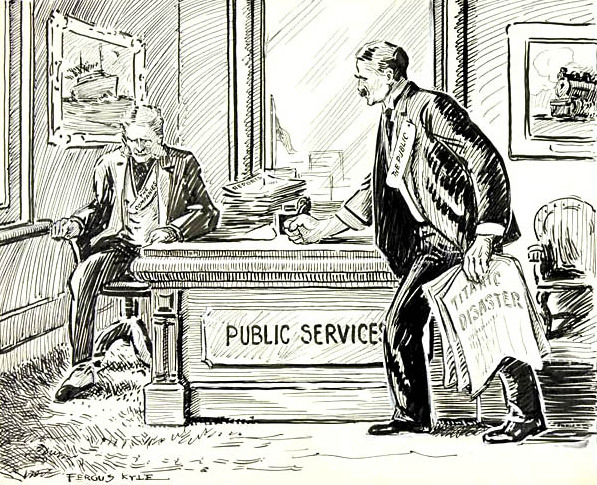
A Canadian cartoon of a man, Mr. Public, demanding better safety regulations for ocean liners. The public on both sides of the Atlantic was deeply shocked to learn that the Titanic not only did not have enough life boats for all its passengers, but that–because shipping companies were still held to regulations laid out decades earlier for much smaller ships–this was actually entirely legal. {Wikimedia Commons}
The deaths of so many children struck a major chord with the shocked public, and once it became clear that more first class men had survived than third class children, shock turned to outrage. Stories on every conceivable angle of the tragedy filled newspapers for weeks. The public became especially attached to the story of the unknown little boy, and over the years, he came to stand for all the children lost in the disaster and the callousness of a class system that had, at that very least, enabled it.
Burying “Our Babe”
When the Mackay-Bennett returned to Halifax, the bodies were taken to the city’s curling rink–set up as a makeshift morgue–to await identification. But the little boy, his clothing carefully catalogued and published in endless newspaper items, remained anonymous. Finally, after a series of mass funerals, the unidentified or unclaimed bodies were laid to rest on the outskirts of the city.
But the crew of the Mackay-Bennett wanted something more for “their” babe. Along with their captain, they petitioned the White Star line for permission to arrange the boy’s funeral and burial. On May 4th residents of Halifax thronged St. George’s Anglican Church to say goodbye. The flower-covered casket was borne in and out of the church by six crew members and then taken to Fairlawn Cemetery. A sizable headstone–also paid for by the crew–with an epitaph beginning, “Erected to the memory of an unknown child,” was placed above the grave.
(At the risk of sounding flippant–but I mean this sincerely–the story of the Mackay-Bennett’s crew and their efforts on behalf of the little boy is one of those things that really does shore up my faith in humanity. Years later, a distant relation of one of the roughly 55 children lost in the disaster referred to the headstone as a “beautiful thing to do for that child.” I agree.)
Following the burials, Halifax authorities ordered that all of the unknown victims’ clothing and other personal effects be burned. This was to keep them from becoming souvenirs and turning up in some particularly grim antique shop. Sergeant Clarence Northover of the Halifax Police was tasked with overseeing the work, but, according to his grandson, was so moved by the sight of the little pair of shoes that he couldn’t bring himself to destroy them. Instead, he placed the shoes in his desk drawer and took them with him when he retired in 1918. In 2002, his descendants donated the shoes (which can be seen in the photo at the top of the post) to Halifax’s Maritime Museum of the Atlantic. The museum, after taking care to authenticate the Northovers’ story, has made good use of them ever since.
Coming up in Part II: DNA technology raises the possibility of identifying the unknown little boy, once and for all.
Any other Titanic junkies out there? Had you heard the story of the unknown boy before this? Let me know in the comments section!


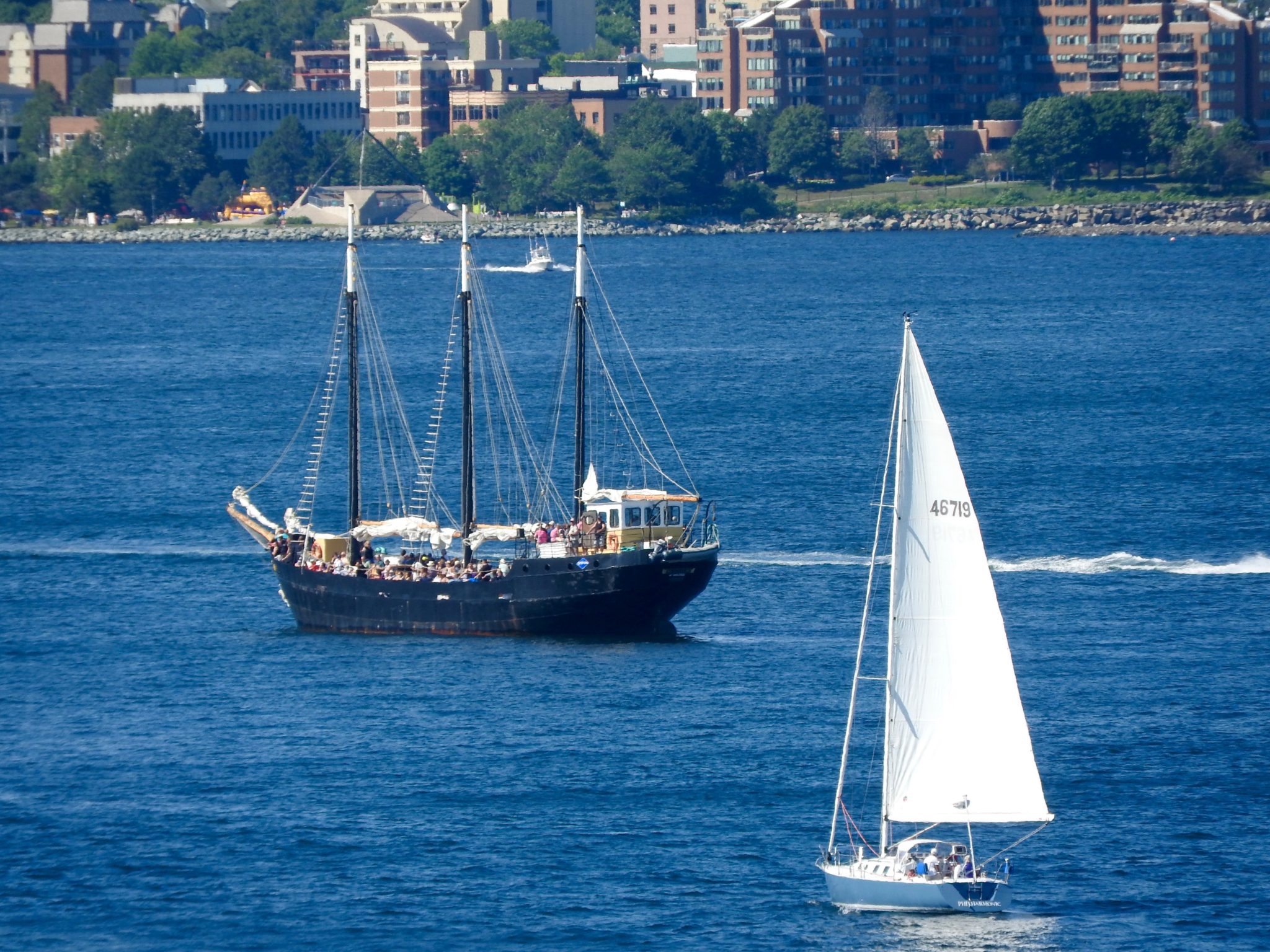
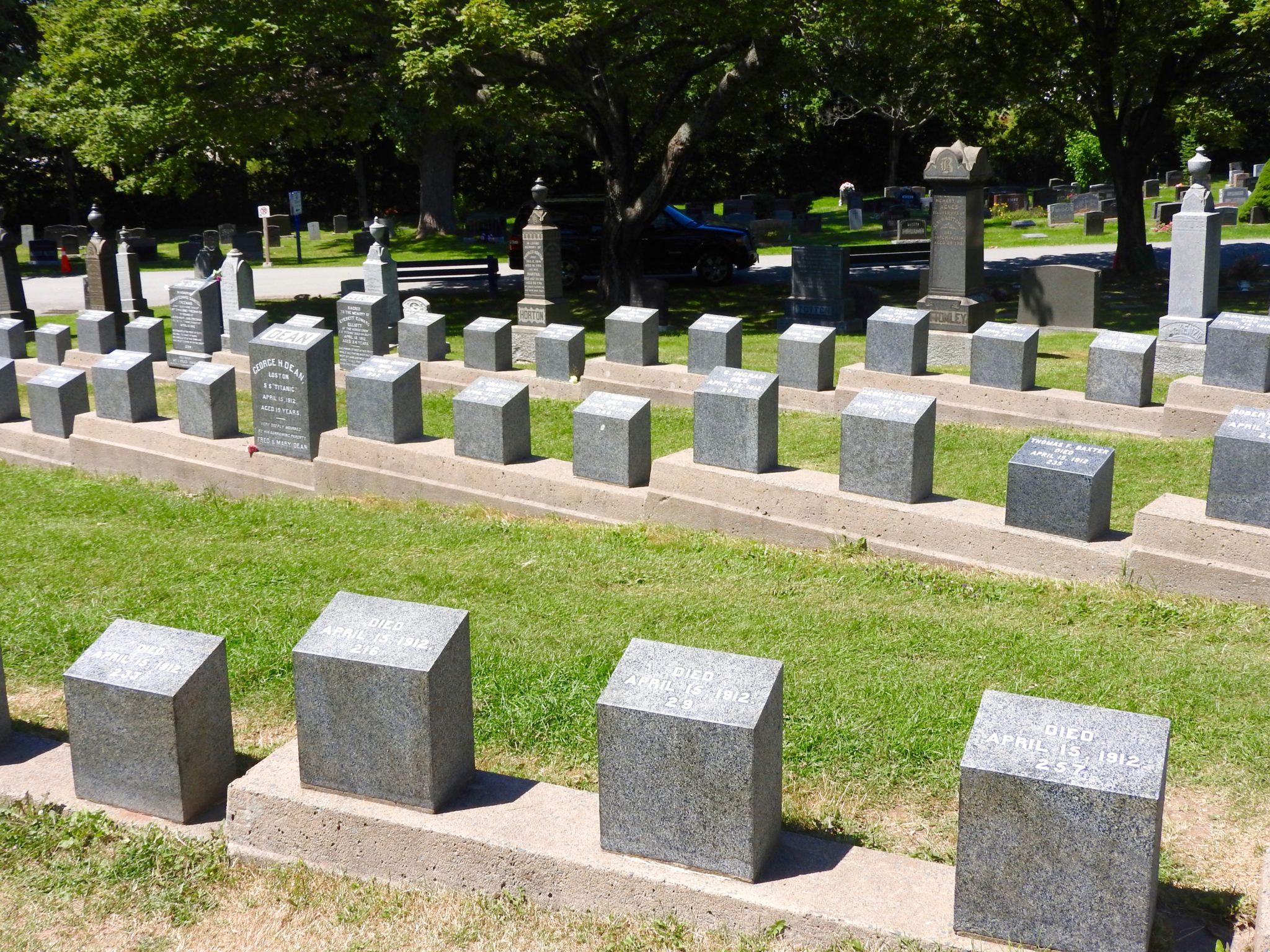



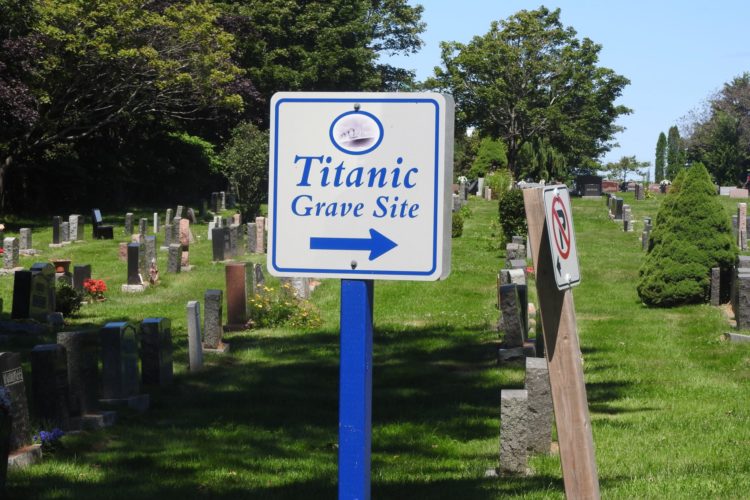
This Post Has 0 Comments